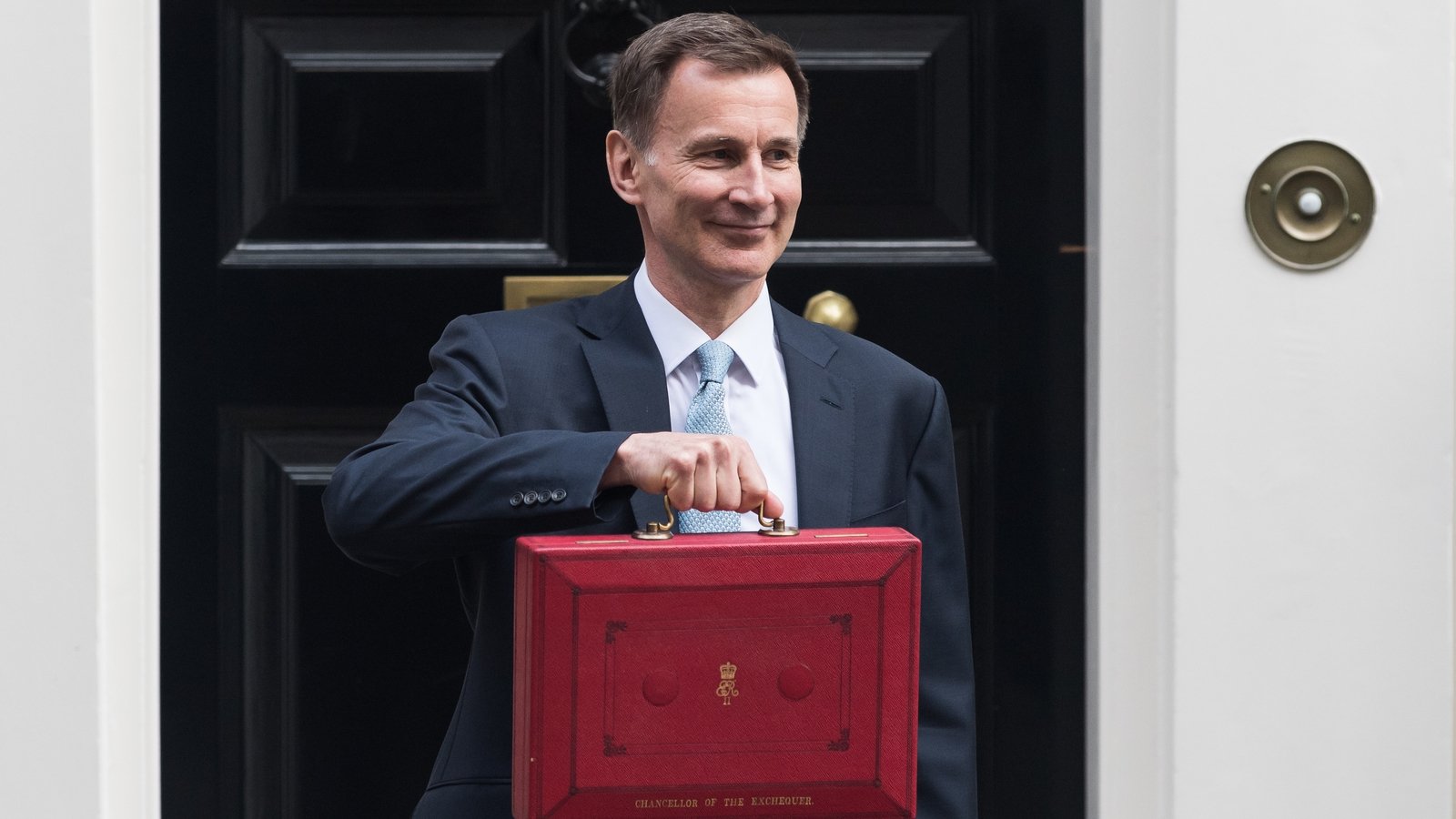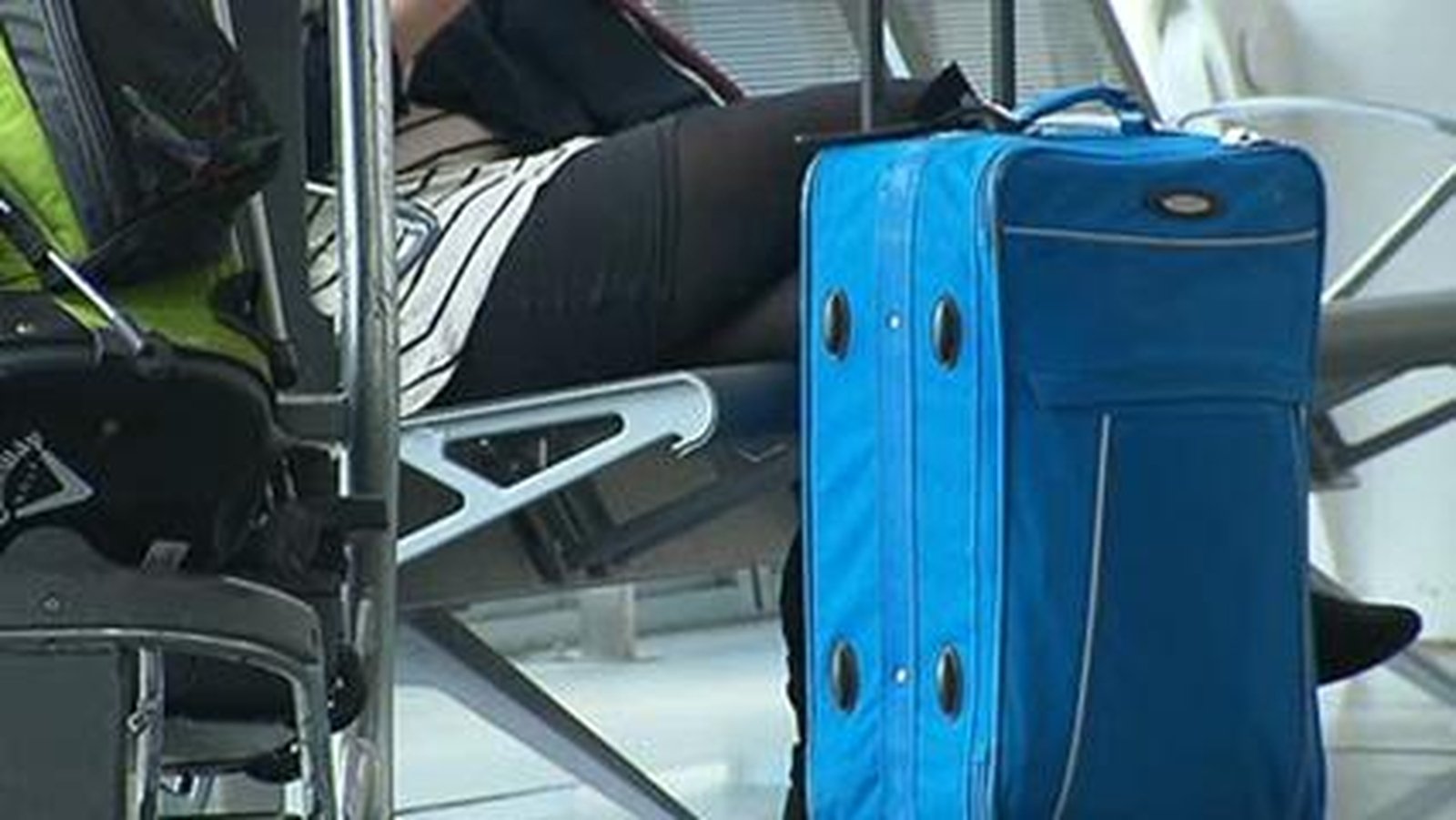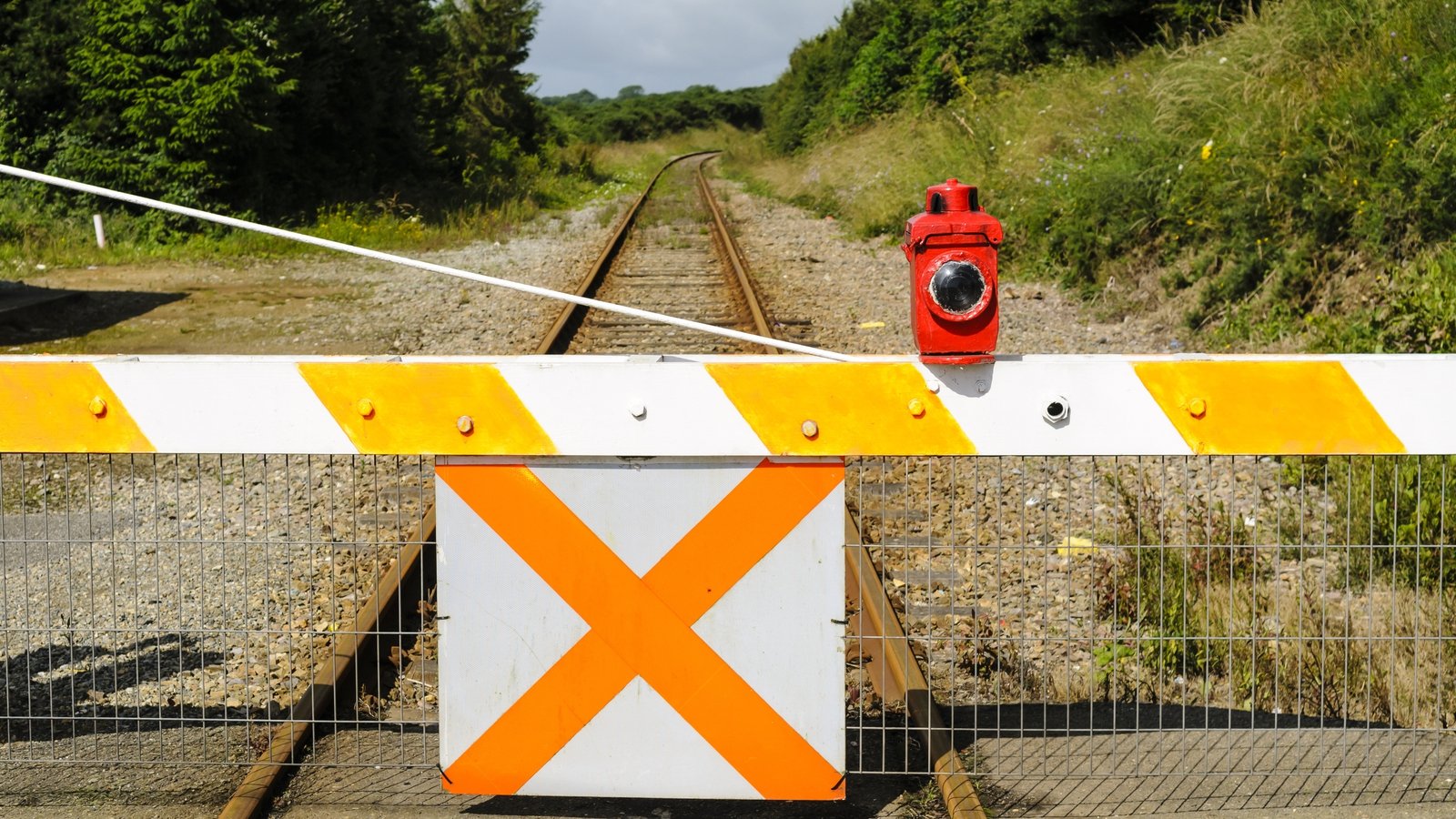Is Dublin finally on track for a Metro system?
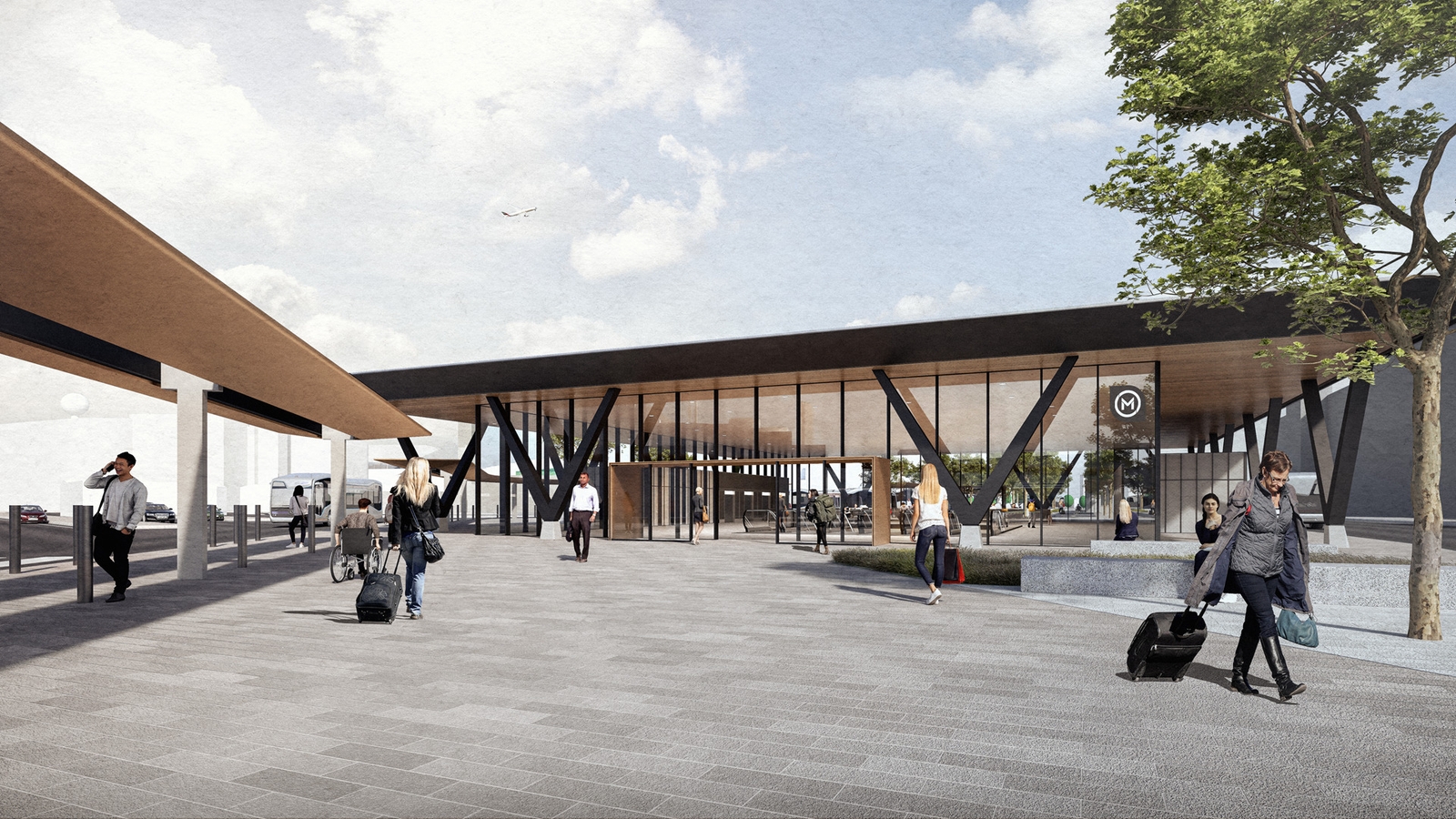
On 7 August 2002, a report from RTÉ’s Six One News shows the late transport minister Séamus Brennan, wearing a hard hat and hi-vis vest, climbing a ladder onto a construction site. He was there to inspect the bridge, which at the time, was being built in his constituency of Dundrum in south Dublin, as part of the planned Luas Green Line project.
The Fianna Fáil minister predicted that it will become one of the most recognised landmarks in Dublin.
As RTÉ reporter Orla O’Donnell walks across the shell of the bridge, the camera zooms out to reveal the scale and the progress of the construction. She tells viewers the project is five weeks ahead of schedule but points out that the same can’t be said of plans for a metro system for Dublin.
In 2002, the project was already facing setbacks.
In the report, Ms O’Donnell explained that phase one of the plans for a rail link would establish a metro line running from Shanganagh in south Dublin to Dublin Airport by 2007, with an interconnecting line to Blanchardstown in west Dublin.
But as Mr Brennan celebrated the progress of the Luas project, he also admitted that phase one of the Metro project would not be completed by 2007.
Instead, he said the government was concentrating on delivering a rail link between Dublin city centre to the airport.
Mr Brennan said: “I think the point is to get that done first. That is the absolute priority. Then we can do the bit to Shanghanah after that. But I think it’d be unrealistic to expect all of that to be done in that timeframe.
“But what I am confirming… is that by 2007, we’ll have the airport link done because that has been identified now as a government priority.”
Next to appear in the report was then Fine Gael leader Enda Kenny, who declared the delay to the project was not good enough.
“I cannot understand why five years on, when we were told that we would have a high-speed line to Dublin Airport, implemented with a sense of urgency, that not one single foot of that has been laid yet,” he said.
The report ends with the information that Mr Brennan denied reports that the link to the airport could cost €20 billion and that his estimates a cost around €2 billion.
Over the next 22 years the metro project would have many names, routes and completion deadlines. But in 2024 Mr Kenny’s statement from the early noughties still rings true.
Not one single foot of the long talked about rail link has been laid.
However, has the start of An Bord Pleanála’s oral hearing this week into the current iteration of the project, now known as MetroLink, brought Dublin any closer to having a metro system?
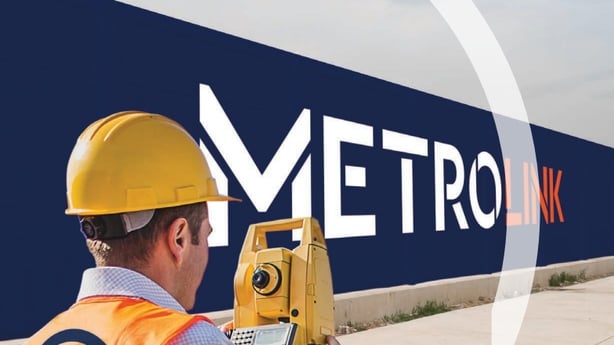
Transport Infrastructure Ireland (TII) applied for planning permission for the current plan in November 2022 by means of a Railway Order. It runs from Swords in north Dublin to Charlemont in Ranelagh in south Dublin.
The route will serve 16 stops in a number of suburbs including Ballymun, Glasnevin and Ranelagh.
Driverless trains will run every 90 seconds, the journey from the first stop to the last will take 25 minutes and the service can carry 20,000 passengers in each direction every hour. That compares to the 9,000 passengers an hour that the Luas Green Line can currently accommodate.
Overall, 53 million passenger journeys a year can be made along the 18.8km route, most of which will run underground.
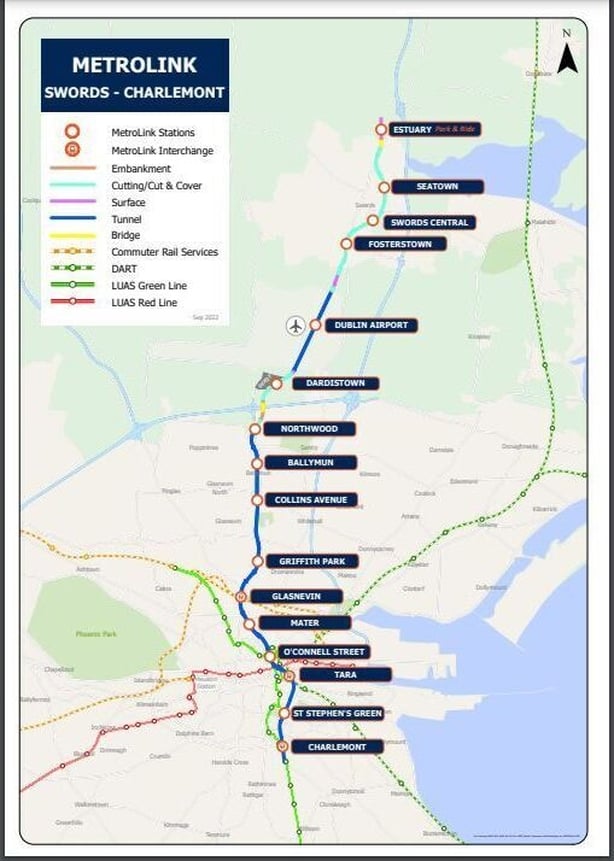
The aim is for construction to begin in 2025, and for the service to be up and running a decade later in 2035. The most recent estimated cost is €9.5 billion.
Public interest in the project is high. More than 300 submissions were made about the project and many of those will be heard at An Board Pleanála’s oral hearing into the project which got under way this week and is due to run for at least five weeks.
It was standing room only in Dublin’s Gresham Hotel on Monday morning as around 200 planners, politicians and members of the public packed into the ballroom to hear the various views on this long talked about project.
TII opened proceedings by setting out its stall about why it believes the Irish capital needs the project.

MetroLink Project Director Aidan Foley said the country is outgrowing its current transport infrastructure and went on to cite some stark figures.
He said congestion in the capital could cost the Irish economy €2bn per annum in the next decade. In 2021, he said Dublin was ranked the 35th most congested city in the world and that a single Dublin commuter will, on average, spend over 213 hours a year stuck in traffic.
Mr Foley used the example of Swords, where the service is due to begin, to highlight congestion issues.
He said 8,000 workers currently commute from the north Dublin suburb to the city centre daily but that only 12% use public transport.
He said congestion along the Swords to Dublin Airport to city centre road corridor was reaching “critical levels” with journey times of up to 55 minutes at peak time compared to off peak journeys of 25-35 minutes.
He also admitted that the nine years of construction involved in the project would disrupt the lives of some in the capital, but he said the damage to property if any will be cosmetic.
TII detailed a Property Owners Protection Scheme to address any damage up to a cost of €45,000, explained how compulsory purchase orders would be used, how it already has and would continue to communicate with those impacted, alongside how it will try and mitigate the noise and vibrations that boring an underground tunnel through the city will inevitably create.
TII also pointed out that a number of amendments have already been made to the plan based on feedback it has received.
Concerns about the project

MetroLink to terminate in Ranelagh
Labour TD for Dublin Fingal Duncan Smith and Fianna Fáil Senator Lorraine Clifford-Lee were among those to express their categoric support for the project.
But as the hearing progressed the division that is often attributed to the capital between residents of the northside and the southside also began to emerge.
Senator Clifford-Lee’s Fianna Fáil colleague and TD for Dublin Bay South, Jim O’Callaghan, and Senator Michael McDowell of the same constituency both expressed concern about the need for the MetroLink to terminate in Ranelagh because of the disruption it would cause to those who lived near the proposed Charlemont stop.
Mr McDowell shared his speaking time with economist Colm McCarthy who is a long-time and well-regarded commentator on the area of public expenditure. Mr McCarthy told the hearing that the figures on passenger numbers and spending did not add up, and he expressed concerns about the stated benefits and possible cost overruns that the project could encounter.
Senator Clifford-Lee told the hearing that “it is very easy for retired economists living on the southside of the city to say the benefits of metro have been exaggerated.’’
She also emphasised the benefits it would bring to communities on the northside of the capital who “for too long the metro has been a pipedream and the quality of life for those depending on it is falling each year.”
But she added that over the years, belief that the project would be delivered has waned as “many people have lost hope and you wouldn’t blame them’’.
But not everyone in north Dublin is enamored by the project.
Many individuals, residents’ groups and business owners from the northside also addressed the hearing during the week. Their concerns ranged from potential property damage, noise during the construction and operation of the line, and the disruption years of construction could have on homes, public amenities, schools, churches and businesses located along the MetroLink route.
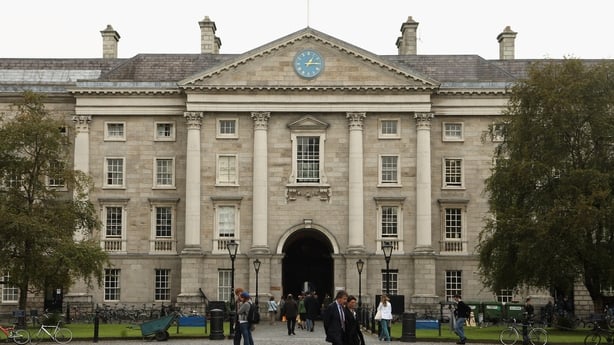
An Taisce also expressed concern about the proposed demolition of 70 apartments near Pearse Street, and the relocation of a pool and leisure centre from the area to make way for the construction of the Tara Station.
TII responded to these concerns during the hearing and will continue to do so over the coming weeks of the oral hearing.
An Board Pleanála inspectors will also hear from more south Dublin residents and institutions such as Trinity College Dublin and the Office of Public Works, who have responsibility for a number of sites including Leinster House and St Stephens Green, regarding concerns about the project.
After the oral hearing concludes, the inspectors will go away and consider all that has been put before them, before deciding if it can give the project the green light.
If they do, if the project gets under way as planned next year and if it’s completed by its new 2035 target, then a rail link between Dublin city centre and the airport would finally be delivered.
But it would begin operating 28 years after Séamus Brennan’s promised deadline and almost three decades on from when the idea was first mooted.
Snail’s pace
Much has been said about the snail’s pace of this project and in the Letters to the Editor page of the Irish Times this week, the question was posed by Brian Cullen: “If a snail had started crawling from the airport to the city centre 20 years ago, would it have reached there by now?”
Ian Montgomery, Emeritus Professor of Animal Ecology, at Queens University responded that it was a tricky question to answer with any degree of authority.
He said while estimates of garden snail speeds vary, the best imperial data is that they can travel around three metres an hour. He said he believed that a snail might only be active for around 1,000 hours a year and on that basis, he believed it could take a snail 4-5 years to make the round trip from the Natural History Museum to Dublin Airport, or do the round trip twice in 20 years.
“While snails can be trained to follow a route, solitary snails are not noted for their navigation skills outside their own neighbourhood. Their lifespan is also limited so any snail attempting the airport route is likely to end up lost and then dead,” he said.
But on a more positive note, he concluded: “Snails and people, however, should be enthusiastic about any attempt to link the train network and the airports, especially if this does not depend on fossil fuels, in view of the potential savings in carbon emissions of millions of car journeys to and from the airports annually, increased connectivity of people across Ireland and internationally, and the improved environment around north Dublin.
“Surely, a no-brainer, even for a snail, which is a no-brainer.”



